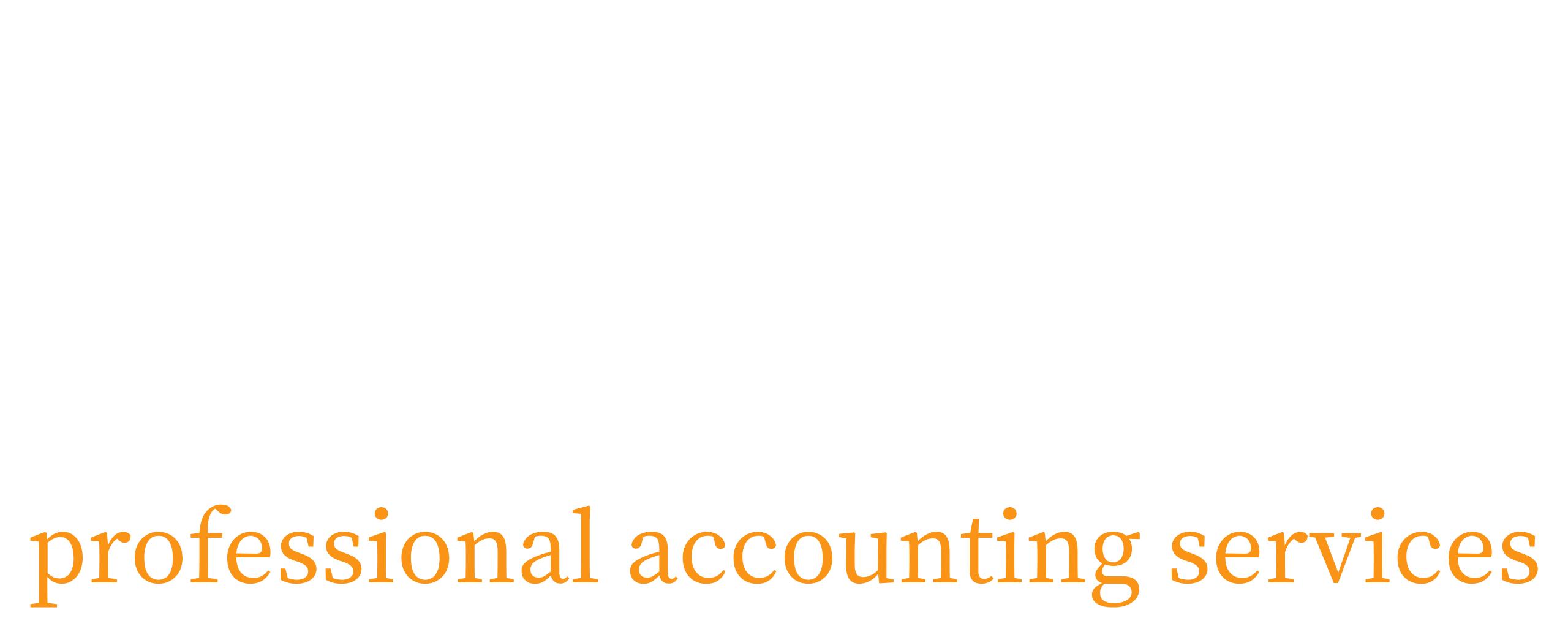For Canadian accountants, staying updated with tax terminology and regulations is crucial for providing accurate advice to clients. One pair of terms that often comes up in corporate taxation are NerdToH and RDtoH. These concepts, though somewhat technical, are vital for understanding the tax treatment of income earned by private corporations and the way tax is allocated and managed when dividends are paid.
What is NerdToh?
NerdToH stands for Non-Eligible Dividend to Eligible Dividend Transition. This term refers to the process whereby a corporation in Canada transitions the income it has earned through its non-eligible business activities to eligible income, which then qualifies for preferential tax treatment under the Canadian Income Tax Act.
Typically, dividends received by corporations are divided into eligible and non-eligible categories. Eligible dividends are those paid by large public corporations, and they benefit from the enhanced dividend tax credit. Non-eligible dividends, on the other hand, come from private corporations and are taxed at a higher rate.
The term NerdToH comes into play when a corporation, through specific strategies or structuring, moves from a non-eligible income stream to one that qualifies for the preferential treatment of eligible dividends. This transition can reduce the tax burden on shareholders and improve the overall tax efficiency of the corporation.
What is RDtoH?
RDtoH refers to the Refundable Dividend Tax on Hand. It is a tax mechanism used to ensure fairness in the tax treatment of dividends for private corporations. Under Canadian tax law, private corporations that receive dividends from their investments in other corporations must track the tax paid on these dividends in their RDtoH account.
The RDtoH system is essentially designed to ensure that when a corporation pays dividends to its shareholders, it is not penalized by double taxation. When the corporation receives dividends from another corporation (such as a subsidiary), a portion of the tax on this dividend can be refunded through the RDtoH mechanism.
The amount that can be refunded from the RDtoH account depends on the corporation’s taxable income and the amount of eligible dividends it pays to its shareholders. This mechanism helps prevent excessive tax accumulation within corporations and encourages dividend distributions, which is essential for maintaining the efficiency and liquidity of Canadian businesses.
How Do NerdToH and RDtoH Affect Corporate Taxation?
Both NerdToH and RDtoH are intertwined with how Canadian corporations manage their tax liabilities and structure their dividend payouts.
- NerdToH allows for the optimal structuring of dividends to ensure that the corporation’s income is taxed at the most favorable rate.
- RDtoH, on the other hand, ensures that when corporations distribute dividends to their shareholders, the tax burden is not excessive and can even be refunded in some cases.
For businesses, understanding these mechanisms can be crucial for making informed decisions about dividend payouts, corporate structuring, and tax planning strategies.
Why Does This Matter for Canadian Taxpayers and Accountants?
For accountants and their clients, knowledge of NerdToH and RDtoH can unlock opportunities for tax savings and improved corporate structure. Whether you’re a small business or a large corporation, consulting with a knowledgeable CPA who understands these tax mechanisms can help you:
- Minimize Tax Liabilities: By properly structuring income and dividend payouts, businesses can reduce the amount of tax they pay.
- Optimize Dividend Distributions: Making the most of eligible dividends and understanding how to transition to them can make a significant impact on corporate finances.
- Ensure Compliance: Proper handling of RDtoH ensures that businesses do not face double taxation, which can lead to costly penalties.
Conclusion
NerdToH and RDtoH may seem like complex concepts, but understanding how they function within Canadian corporate tax law is key for accountants and business owners alike. By strategically using these tools, businesses can ensure that they remain compliant with tax laws while minimizing their overall tax burden.
At CNSCPA, our experienced team of accountants specializes in helping Canadian businesses navigate complex tax regulations like these. Contact us today to learn how we can optimize your corporate tax strategy.
